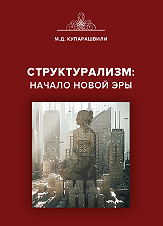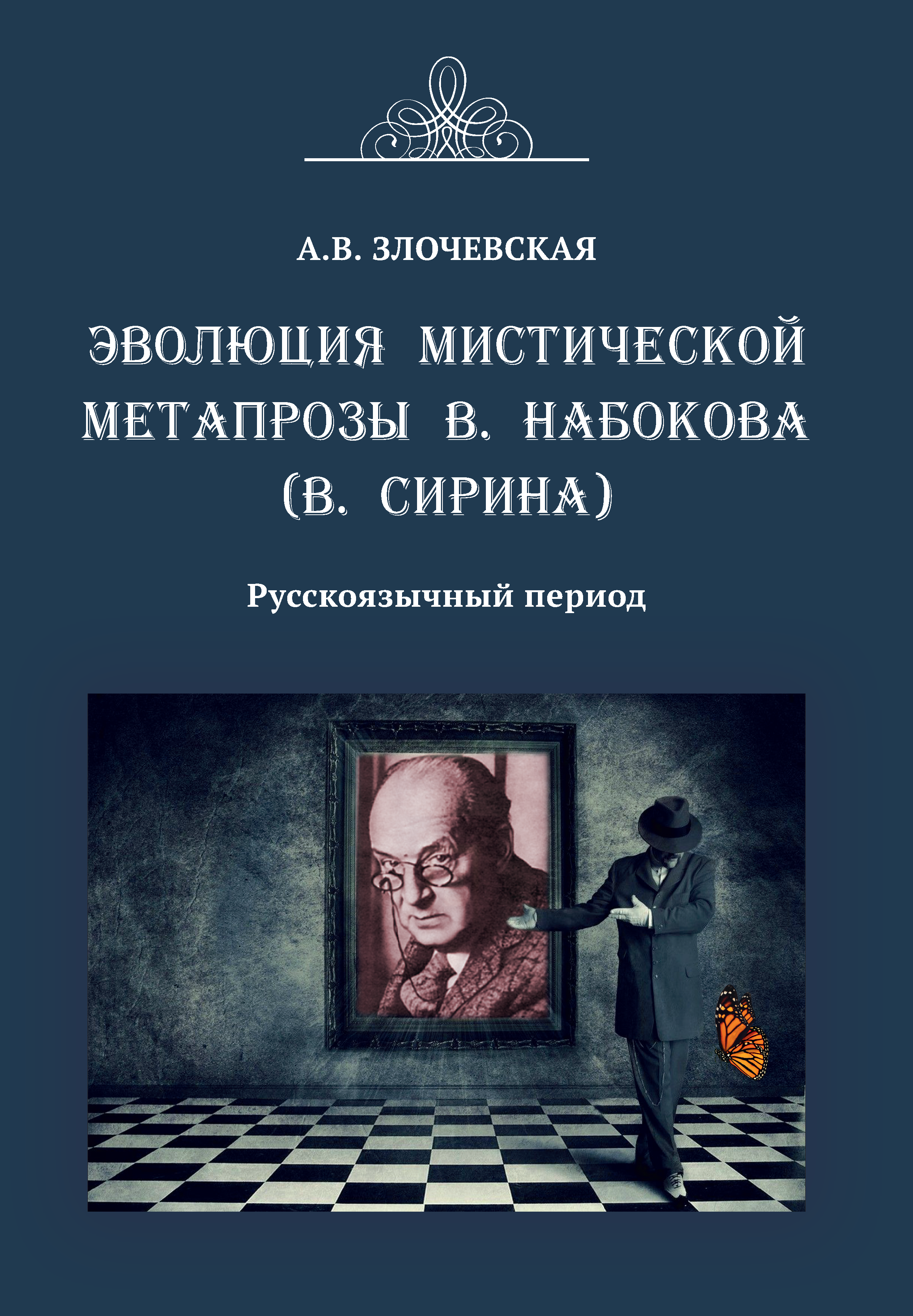UDC 37-042.4:004
https://doi.org/10.20339/AM.07-20.008
V.Ya. Gelman is Dr.Sci. (Engineering), prof. at North-Western State Medical University n.a. I.I. Mechnikov e-mail: Viktor.Gelman@szgmu.ru
Described are new forms of interaction between teachers and students and post-graduate students, being developed and actively used. In connection with epidemic situation, universities were forced to urgently switch to students’ distance learning. In the course of this transition, certain difficulties, common to many universities, arose. The paper discusses some of problems, arise when transferring educational process to distance learning. Features of on-line and off-line approaches to organization of educational process are analyzed. It is suggested, that under the current conditions, combination of both on-line and off-line distance learning is most preferable. Advantages and disadvantages of using various types of e-learning systems at different stages of educational process are evaluated. Also difficulties and features of conducting distance lecture courses and practical exercises in on-line and off-line modes are shown. The need for adjusting approaches to controlling students’ knowledge in this situation is noted. Issues of combating unfair performance of tasks under conditions of remote work are discussed. And also issues of ensuring necessary motivation of students to work independently with distance learning are considered. A number of recommendations on possible solutions to emerging problems are proposed.
Key words: distance learning, university, transition, on-line mode, off-line mode, motivation.
References
1. Sakulina, Yu.V. The use of information and communication technologies in the implementation of distance education. Herald of science and education. 2018. No. 3. P. 45–48.
2. Kulikova, E.V., Soroka, E.G. Distance learning as a technological solution of the electronic informational and educational environment of university. Bulletin of Siberian Institute of Business and Information Technology. 2017. No. 1. P. 108–113.
3. Moore, J.L., Dickson-Deane, C., Galyen, K. E-learning, online learning, and distance learning environments: Are they the same? The Internet and Higher Education. 2011. Vol. 14, Iss. 2. P. 129–135.
4. Gusev, D.A. The basic principles of effective construction of a distance learning system. Science and School. 2014. No. 5. P. 106–112.
5. Dronova, E.N. Distance learning technologies in higher education: experience and difficulties of use. Lecturer 21st century. 2018. No. 3. P. 26–34.
6. 6th Annual LMS Data Update. URL: http: //edutechnica.com/2018/10/06/6th-annual-lms-data-update/
7. Gelman, V.Ya. Problems of reforming the lecture system in universities. Alma mater (Vestnik vysshei shkoly). 2019. No. 4. P. 31–34.
8. Kogan, E.A., Bekhtereva, I.A., Ponomarev, A.B. Pathological anatomy: a guide to practical exercises: an interactive electronic educational publication. URL: www.path-anatomy.ru
9. Serdyukov, Yu.P., Gelman, V.Ya., Shmatko, A.D., Lanko, S.V. Development of laboratory workshops based on virtual instruments. Pedagogical informatics. 2018. No. 1. P. 63–75.
10. Serdyukov, Yu.P., Gelman, V.Ya., Lanko, S.V. Information technology in the teaching of physics at a medical university. Medical Physics. 2017. No. 2 (74). P. 74–81.
11. Gelman, V.Ya. Ways to increase motivation for learning at university students. Psychology of Education. 2019. No. 2. P. 52–61.


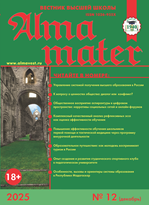

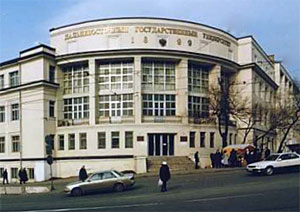



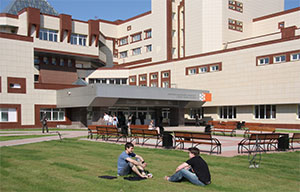


.png)
